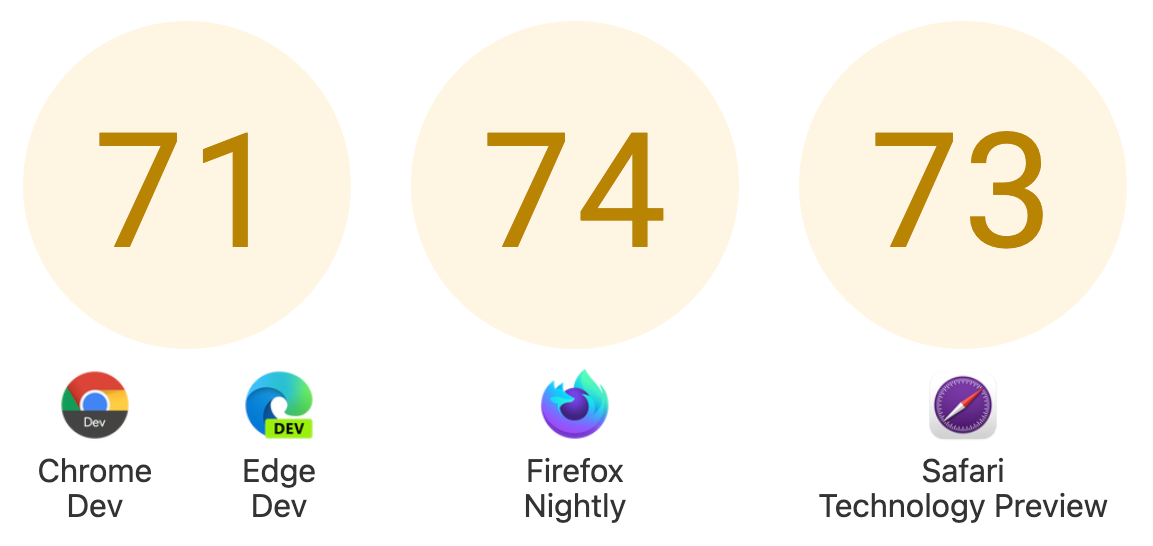Bocoup and Interop 2022
Posted by Simon Pieters

In 2019, Bocoup, Google, Microsoft, Mozilla, Samsung, and W3C together conducted a survey for web developers called MDN Web Developer Needs Assessment. A key finding from that survey was that browsers behaving differently or not supporting the same features was among the top frustrations for web developers. The next year there was a follow-up Browser Compatibility Report, which informed which areas to include in Compat 2021 – an initiative by Google to work together with other browser vendors to improve interoperability for 5 focus areas: Aspect Ratio, Flexbox, Grid, Sticky Positioning, and Transforms.
This year, Apple, Bocoup, Google, Igalia, Microsoft and Mozilla are working together to agree on focus areas for Interop 2022, based in part of the State of CSS 2021 survey. The focus areas from 2021 are carried forward, and the new focus areas are:
- Cascade Layers
- Color Spaces and Functions
- Containment
- Dialog element
- Forms
- Scrolling
- Subgrid
- Typography and Encodings
- Viewport Units
- Web Compatibility
The focus areas are scored based on the relevant tests in web-platform-tests, a shared test suite for part of the web platform (including HTML, CSS, and more). The scoring for Interop 2022 motivates each browser to score as high as possible, which should result in browsers fixing most of the known bugs and therefore resolve some of the frustrations web developers were facing when using these features.
Not any feature can be included. A prerequisite for inclusion is that the specification is mature enough to be implemented in browsers as specified and that sufficient tests exist to provide for a meaningful measure of interoperability for the feature in question. This is where the investigation projects come in, to make progress on the specification and tests so that those features can be included as focus areas later. These are:
- Editing, contenteditable, and execCommand
- Pointer and Mouse Events
- Viewport Measurement
Bocoup’s mission is to advocate for accessibility, inclusion, and justice on and through the web. We think Interop 2022 aligns with our mission in two ways:
- Focusing on improving interoperability between browser engines generally helps prevent a monopolization of the web, which in turns ensures the web platform is not controlled by one company or an oligopoly of companies controlling one browser engine implementation. The Web Compatibility focus area is particularly important from this point of view.
- Some of the focus areas, in particular form control fixes and the dialog element, we believe will have a positive impact on accessibility on the web. Form controls have for a long time been difficult to style and have rendered and behaved differently between browsers, and so web developers have opted to re-implement their own form controls with JavaScript and (hopefully) ARIA, which often results in worse accessibility. This is also an important reason why we have worked on improving the CSS ‘appearance’ property (which is part of the Forms focus area).
You can track progress throughout the year by checking the Interop 2022 dashboard.
We’re excited to be part of Interop 2022 and look forward to working together to make the web platform more interoperable!
Also read the Interop 2022 announcements from Apple, Google, Igalia, Microsoft, and Mozilla.